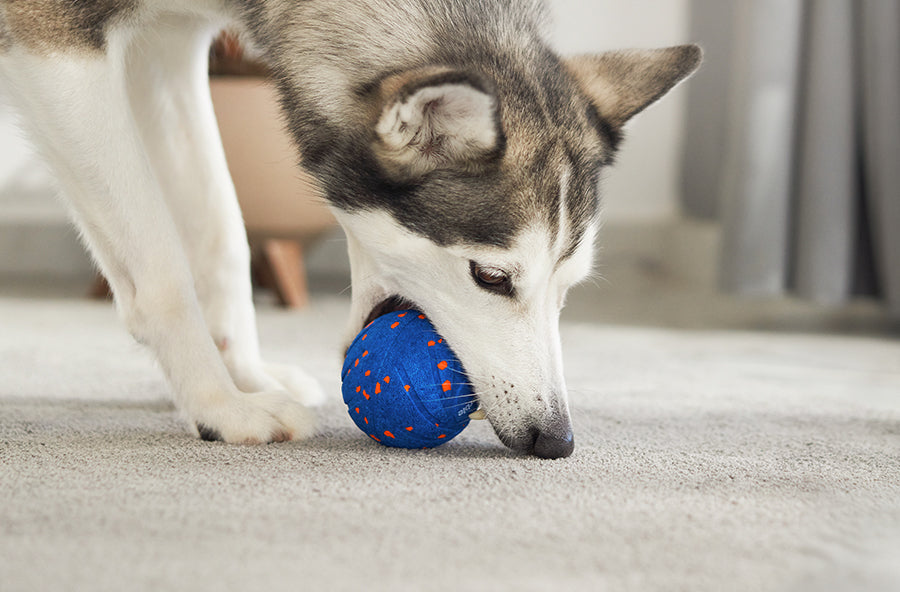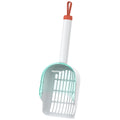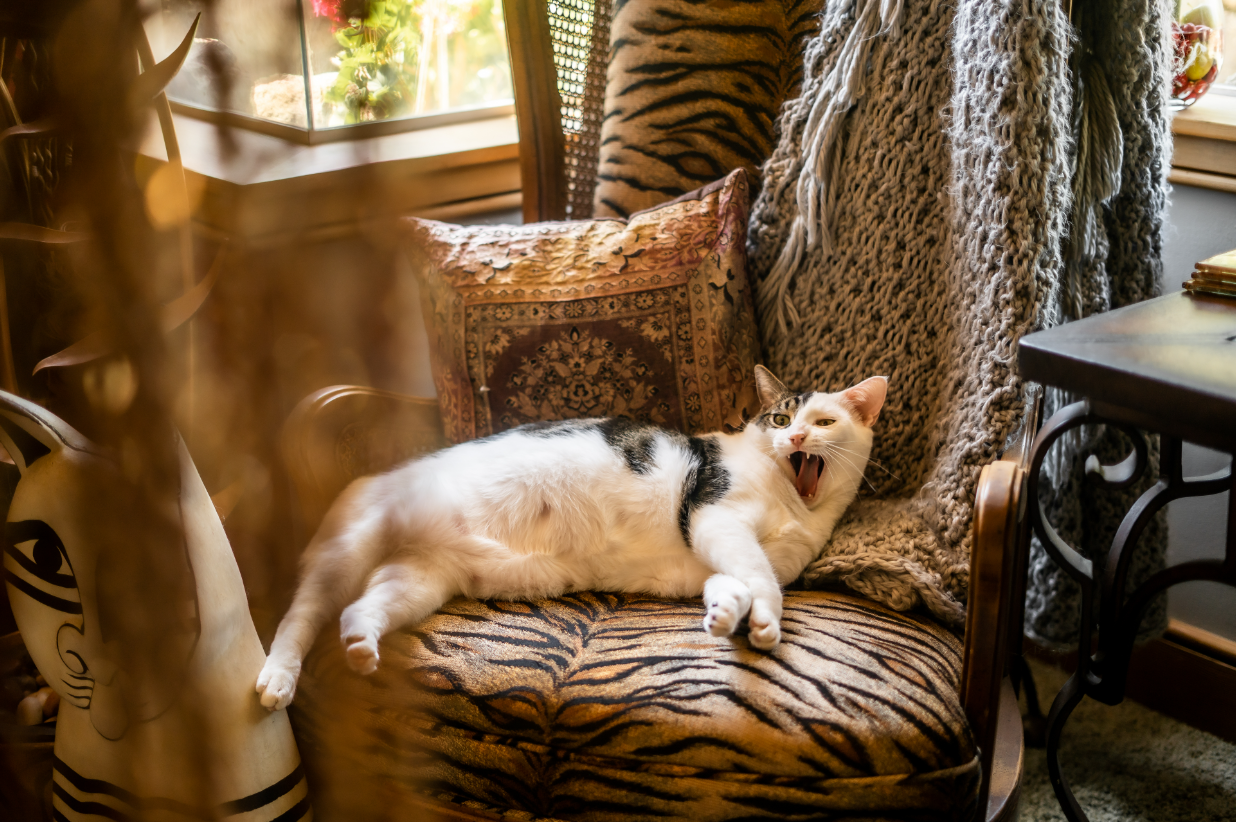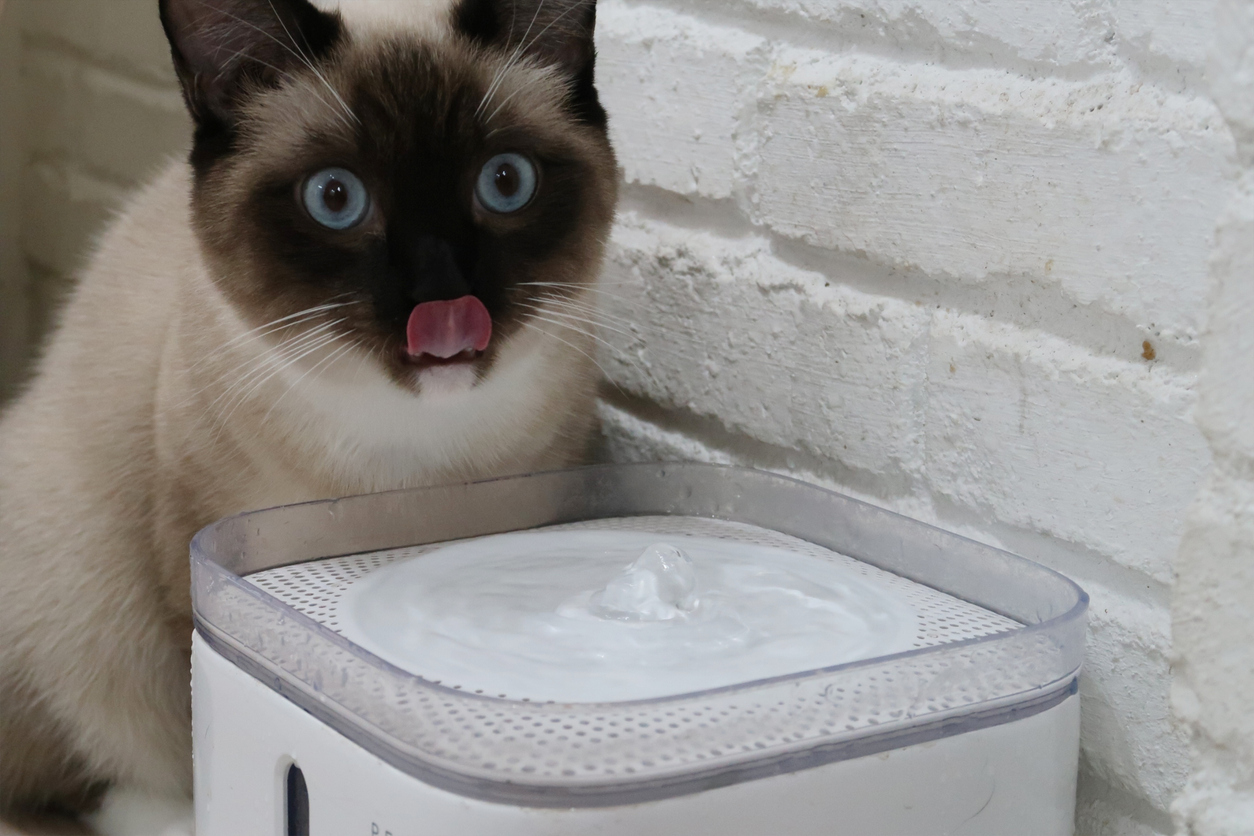Cats are confusing sometimes. One day, they’re full of energy, leaping at shadows and batting everything off the table. Next, they look at your best efforts to engage them and… nothing. Not a twitch, not a pounce, not even a bored meow.
If your cat won’t play with you, it’s easy to take it personally. But more often than not, there’s a reason behind the lack of interest. The trick is figuring out what’s going on and what you can adjust to bring the fun back into your cat’s day.
Let’s dig into what might be going on, how interactive cat toys can make a difference, and what you can do to help your cat reconnect with their playful side.
Why Your Cat Might Not Play
Cats aren’t always obvious about their needs. Sometimes, what looks like laziness is actually linked to your cat’s mood, age, or overall cat behavior. Reading the signals takes a little observation.
Health might be getting in the way
Before anything else, consider your cat’s physical condition. Cats are good at hiding discomfort. If they have stiff joints, sensitive teeth, or an upset stomach, play might feel like more effort than it’s worth. This is especially true for older cats or those with chronic conditions.
Even minor issues like overgrown nails or a slight limp could affect how they move and interact with toys. A quick vet check-up can rule out any physical reasons your cat might be avoiding play.
The environment might not feel right
Cats need to feel safe to let loose. If something in the home has changed like a new pet, different furniture, noisy neighbors, etc. It can throw them off. Stress or overstimulation can cause cats to retreat, and when they’re on edge, they are less likely to engage.
Watch your cat’s body language. Are their ears twitching with every sound? Are they hiding more often or avoiding certain areas of the home? These are all clues that they’re not feeling completely settled.
The toy just might not be it
Not every toy works for every cat. Some love things that crinkle, others prefer feathers or toys they can chase. Some like to stalk slowly. Others want a fast-paced challenge.
If your cat isn’t responding, it doesn’t mean they don’t want to play. It might just mean the current toy isn’t hitting the right note. Try switching things up. Pay attention to what draws their attention, even for a moment. That’s often where you’ll find your starting point.

Ways to Get Your Cat Playing Again
So, how do you take a cat who seems totally uninterested and get them moving again? It usually starts with a few small changes. These small changes are not just for cats' entertainment, but most importantly, to provide essential exercise for cats.
Try a variety of toys
Think of toys like tools. Some will work, some won’t, and some might surprise you. Test different textures, sounds, and movement patterns. Try toys that mimic bugs, birds, or small animals. Let your cat explore at their own pace.
The key is to rotate them regularly. A toy that got ignored last week might be a favorite next time it comes out. Sometimes, novelty alone is enough to spark interest.

Make sure the space feels safe
Your cat needs to feel relaxed before they’ll play. Pick a quiet time, in a familiar part of the house, without distractions. Avoid high-traffic areas or spots near loud appliances.
Some cats also prefer a little distance. Let them initiate the chase. Give them room to pounce, hide, and stalk without feeling watched or pressured.
Keep a loose play schedule
Routine helps. If you can build in regular playtime, your cat will start to expect it, even just once or twice a day. You don’t need to force anything. Just offer the opportunity and see what happens.
Many cats are more alert in the early morning or evening. Try a short session during those times and adjust based on their energy levels.
Don’t overdo it
Cats have short attention spans when it comes to play. Let them stop when they’ve had enough. Ending the game before they get bored can actually make them more excited for next time.
If your cat walks away, let them. If they just want to observe, that’s fine too. Even watching is a form of engagement. Over time, those small moments can be built into something more active.
How Interactive Cat Toys Can Help
Interactive toys are made to copy real-life movement. Some are automatic cat toys, while others move as motion-activated and dart around unpredictably. For indoor cats, these small bursts of chase and surprise make all the difference. More than just fun, they offer essential mental stimulation for cats, helping to reduce boredom and support healthy habits.

They activate your cat’s natural instincts
Cats are hardwired to hunt. Even if they’ve never been outside or had to catch anything for survival, the drive is still there. Interactive toys give them something to chase that feels real enough to spark that instinct.
It doesn’t need to be complicated. A ball that moves unexpectedly, a mouse that darts away, or a fluttering teaser toy can all recreate the experience of stalking prey. It’s that connection that gets their attention.
Playtime strengthens your bond
Beyond the physical benefits, playing with your cat is one of the easiest ways to build a deeper relationship. Cats remember who makes them feel good. When you are part of their play routine, you’re not just their caregiver — you become part of their world.
Especially with nervous or newly adopted cats, interactive play can help create a safe space where trust begins to grow.
It’s good for their body and their brain
Cats need mental stimulation just as much as physical movement. When they don’t get enough of either, you start to see it — weight gain, boredom, destructive behavior, or even withdrawn moods.
Interactive play provides both. It keeps muscles active, burns off energy, and gives them something to focus on. Even short sessions of 10 to 15 minutes can make a noticeable difference in mood and behavior.
How to Tell If Your Cat Enjoys Playtime
Not every cat plays in the same way. Some go all out. Others are more subtle. The trick is learning what your cat’s signals look like.
Watch their body language
Look for focused eyes, twitching tails, crouched bodies, or slow head turns. These are signs your cat is alert and thinking about making a move. Sometimes they will stalk a toy for minutes before striking, that’s not disinterest, it’s part of the hunt.
Even little signs like perked ears or following a toy with their eyes count as progress.

Look for patterns in engagement
If your cat returns to the toy after a pause, that’s a good sign. If they stay in the room, swat occasionally, or even vocalize during play, that’s engagement too.
Play doesn’t have to be nonstop chaos. What matters is that your cat is curious, interested, and willing to interact in their own way.
In Conclusion
If your cat isn’t showing interest in play, it’s rarely about laziness. More often, it’s about their environment, energy, or just not finding the right kind of toy. With a little patience and the right approach, even the most indifferent cat can rediscover their playful side.
Keep trying. Switch things up. Pay attention to what your cat responds to. Whether it’s five minutes of chasing a feather or exploring an interactive cat toy, playtime for cats doesn’t need to be long to be valuable.
In the end, it’s about creating small, consistent moments. That’s how you build trust. That’s how you support healthy cat habits. And most of all, that’s how you turn play into something your cat looks forward to every day.





































Leave a comment
All comments are moderated before being published.
This site is protected by hCaptcha and the hCaptcha Privacy Policy and Terms of Service apply.